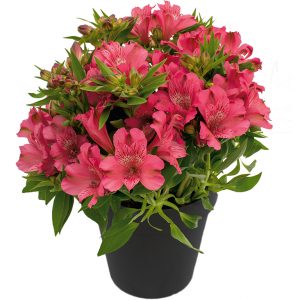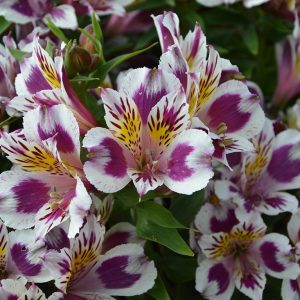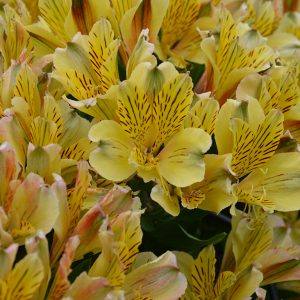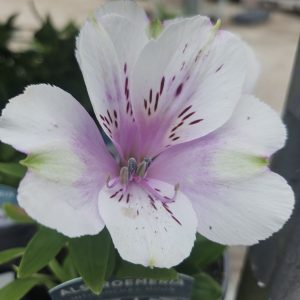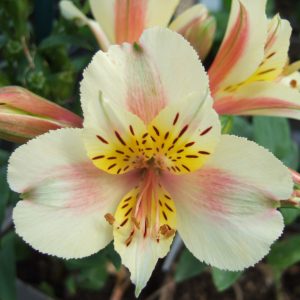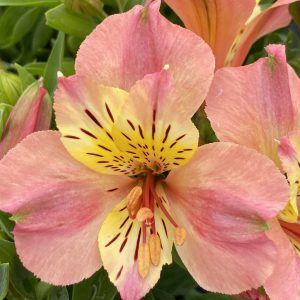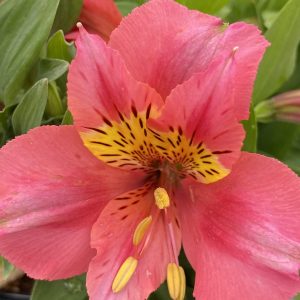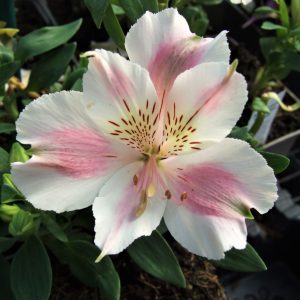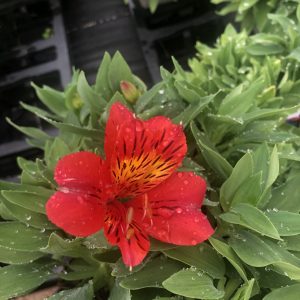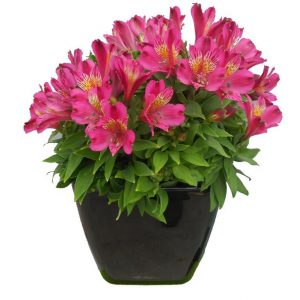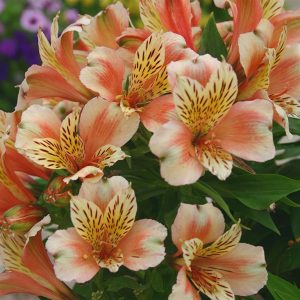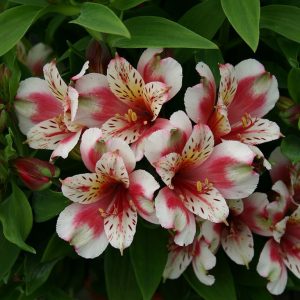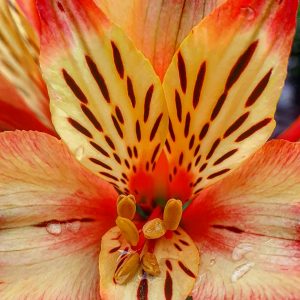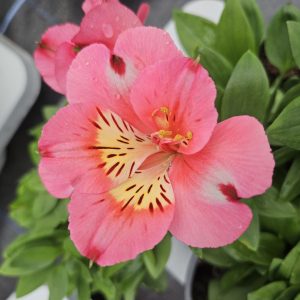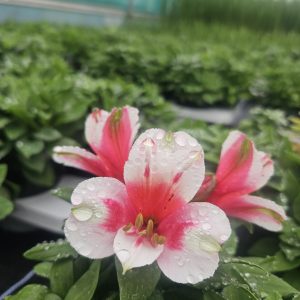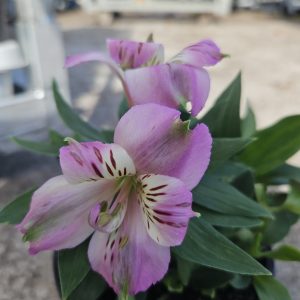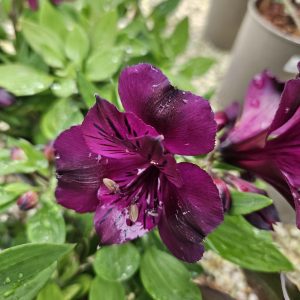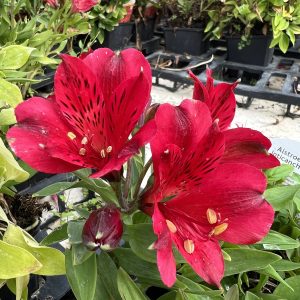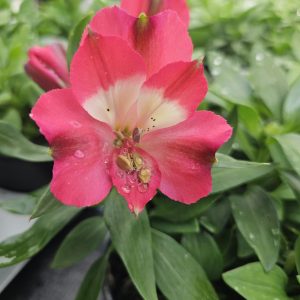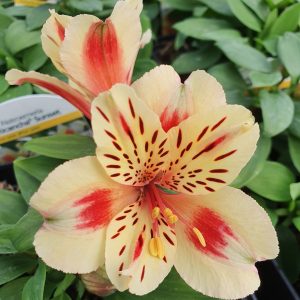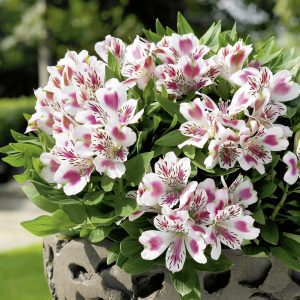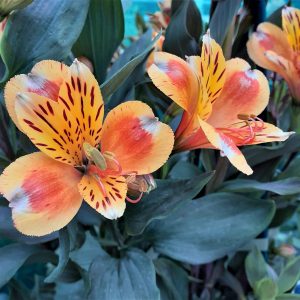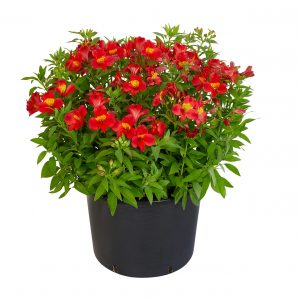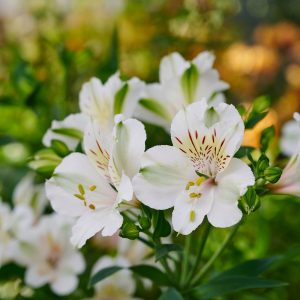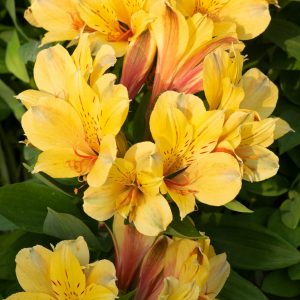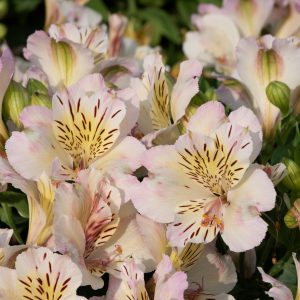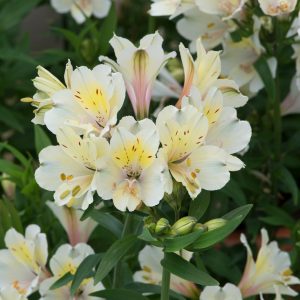Alstroemeria, commonly known as Peruvian lily or lily of the Incas, is a beautiful and vibrant perennial that produces colourful, trumpet-shaped flowers. Follow this planting guide to ensure successful establishment and flourishing growth of your Alstroemeria plants.
Selecting the Planting Site
Sunlight Requirements: Plant Alstroemeria in a location that receives full sun to partial shade. They prefer at least 6 hours of sunlight daily.
Soil Conditions: Choose well-drained, fertile soil with a slightly acidic to neutral pH. Alstroemeria is adaptable but thrives in rich, loamy soil.
Planting Time
Optimal Timing: Plant Alstroemeria in the spring or Autumn. These seasons provide favourable conditions for root establishment before extreme temperatures.
Planting Process
Prepare the Soil: Work the soil to a depth of at least 12 inches, incorporating organic matter for improved fertility and drainage.
Spacing: Plant Alstroemeria tubers or potted plants about 12 to 18 inches apart, allowing sufficient space for their spreading habit.
Planting Depth: Set the tubers or potted plants in the ground at a depth of about 4 to 6 inches. Ensure the crown of the tuber is just below the soil surface.
Watering
Initial Watering: Water thoroughly after planting to settle the soil and provide moisture for root establishment.
Regular Watering: Keep the soil consistently moist but not waterlogged. Alstroemeria prefers regular watering, especially during dry periods.
Mulching
Apply Mulch: Mulch around the plants to conserve moisture, suppress weeds, and regulate soil temperature. Maintain a 2-3 inch layer of organic mulch.
Avoid Mulch Contact: Keep the mulch away from the base of the plants to prevent rot and fungal issues.
Fertilisation
Balanced Fertiliser: Apply a balanced, slow-release fertiliser in the spring as new growth emerges. Follow the package instructions for proper application rates.
Avoid Excessive Nitrogen: Limit high-nitrogen fertilisers to prevent excessive foliage growth at the expense of flowering.
Support and Staking
Staking Tall Varieties: For taller Alstroemeria varieties, consider staking to provide support for the flowering stems.
Pruning
Deadheading: Remove spent flowers regularly to encourage continuous blooming.
Autumn Clean Up: Trim back the foliage in late Autumn or early spring for a tidy appearance and to promote new growth.
Pest and Disease Management
Monitor Aphids: Keep an eye out for aphids, which can occasionally be a problem. Treat any infestations promptly.
Good Air Circulation: Plant with proper spacing to promote good air circulation and reduce the risk of fungal diseases.
Division
Periodic Division: Every 2-3 years, consider dividing mature Alstroemeria clumps to rejuvenate the plants. Spring is the ideal time for division.
Replanting: Lift the clumps, divide them, and replant healthy sections in well-prepared soil.



